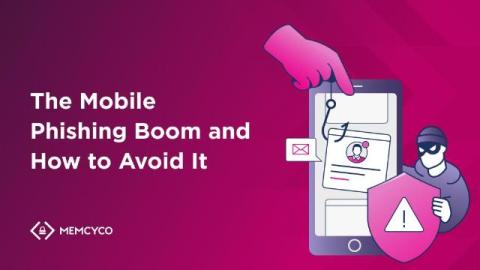Understanding Common Ports Used in Networks for TCP and UDP Usage
Think of a port as a virtual gateway that a specific service, process, or application on your computer uses for network communication. Each port is assigned a unique number, allowing different types of traffic to be directed to the appropriate software. For example, your email might use one port, while your web browsing uses another. When combined with an IP address, a port number creates a complete socket address, enabling precise routing of data to and from your computer across the network.











